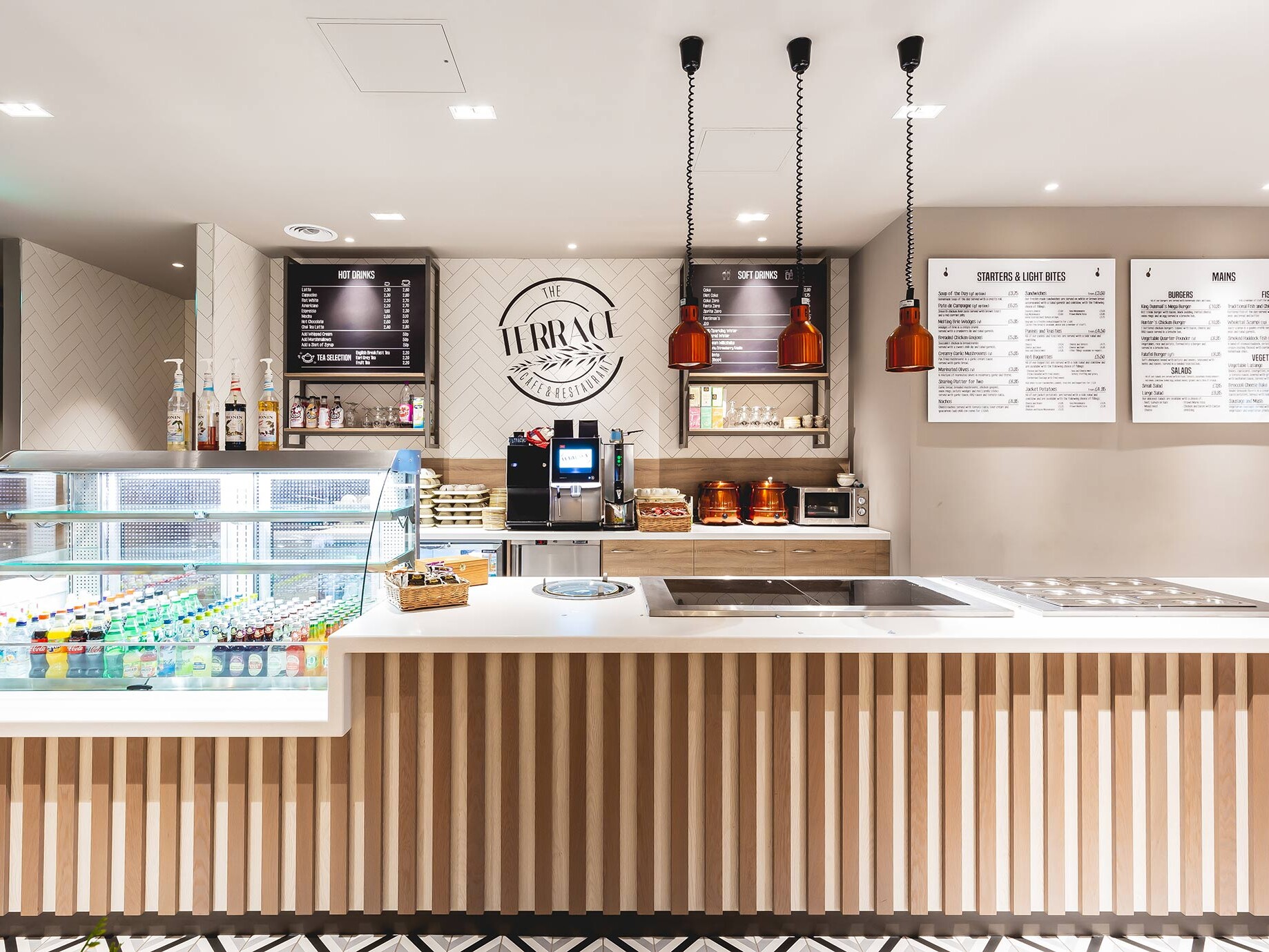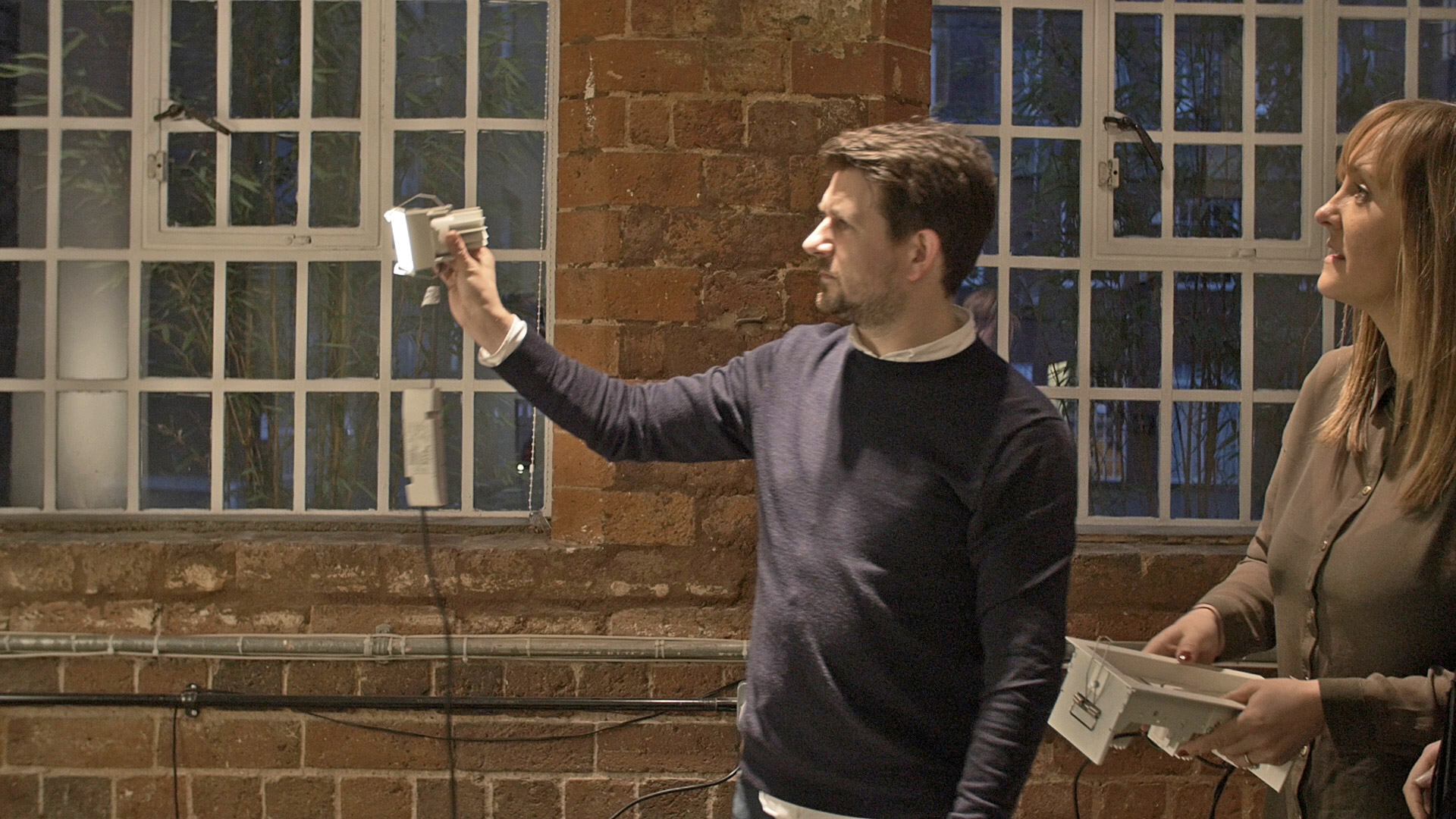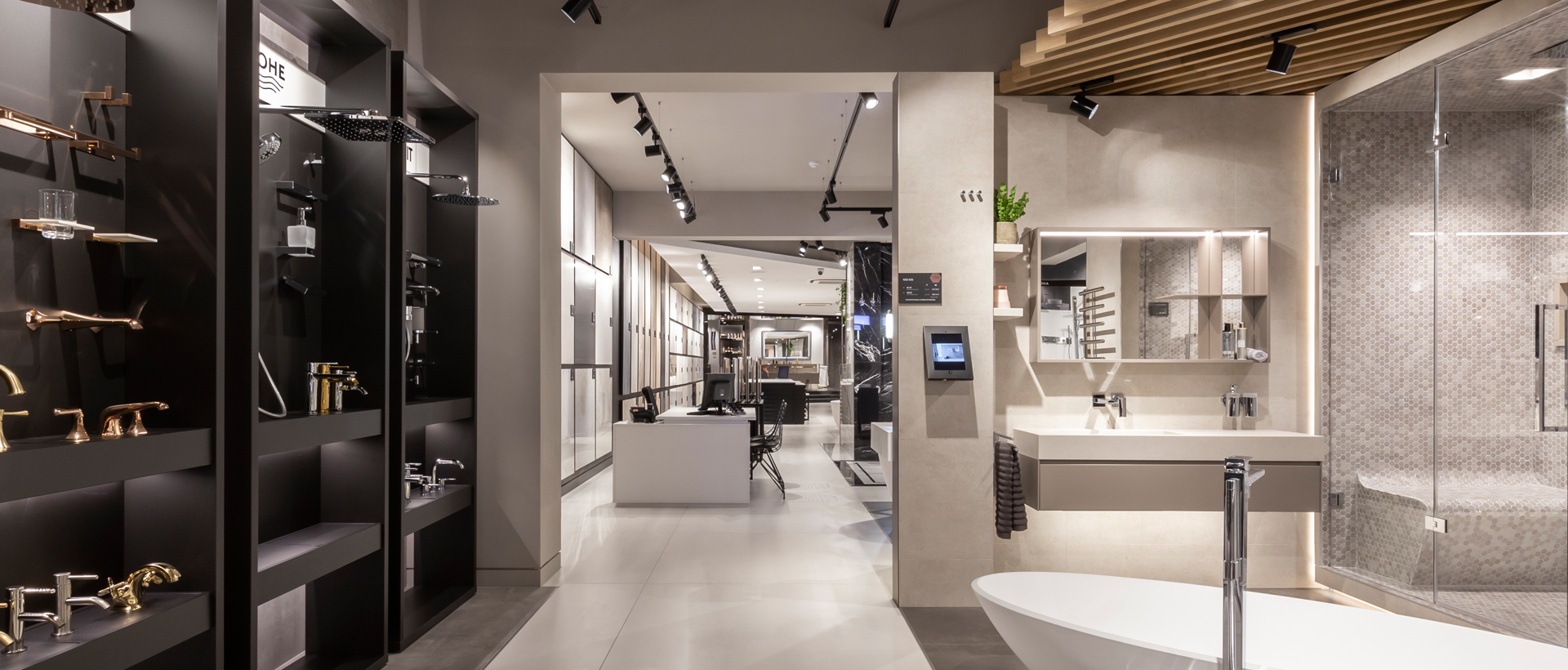As the phrase goes, ”Retail is ever changing” and so too should Retailers to thrive and in some cases to stay alive! It’s pretty much a given, that we all expect stores to be up to date, and provide us with exciting shopping environments and experiences.
There are many many elements in making a store successful from product, brand, sales people and environment, but in terms of presentation one of the most important factors in creating a successful store and keeping up with expectations, for me has got to be Lighting Design.
Lighting can be a detail, retail owners often don’t put enough emphasis on or in some cases don’t consider at all. Lighting in any environment isn’t just about function, it’s been evolving for so long and should be a used as the No.1 tool to create atmosphere, enhance the customers shopping experience emphasising merchandise, and also raise brand awareness.
We can't stress the importance of lighting enough, and in my opinion if it isn't being considered properly within a fit-out budget, the investment in other areas such as wall and floor finishes could all be for nothing...
Designing Lighting for Retail
Designing a retail lighting scheme involves many factors and as lighting designers we would provide a scheme that has a juxtaposition of all five layers of light; Ambient, Accent, Decorative, Audio Visual and Signage.
The Ambient light provides a base level light that generally illuminates the circulation areas and provides a safe level of illumination, whilst Accent lighting directly illuminates and elevates the merchandise or a specific area.
To draw your attention to something we would use Decorative lights; their form can vary from pendants to table or floor lamps.
Where there are screens around your store the light emitted is Audio Visual, and then the brightest points in the store that aid successful navigation are Signage and Wayfinding.


Retailers are not only competing against each other but with the internet. Making your store a complete experience for the customer isn’t something you can dismiss. Light, like the smell of your store can evoke your emotions and behaviour, and is a tool that should not be under estimated.
Whilst many retailers still believe fluorescent lights are a good option in their stores; probably due to budget, these types of fittings should not be used for shop windows or as display lighting due to its ‘flat’ appearance of light. LED’s can be used in all light layers within your scheme as they are the most versatile and energy efficient type of lighting.
Most retailers don’t sell architectural light fittings, so they shouldn’t be a distraction from the actual merchandise. As Lighting Designers there are several factors we would consider when putting together a scheme that can be quite complex, but are all so important to getting the design right.

In our opinion the colour of the light is one of the most important factors. Light sources differ in colour temperature, and that measurement unit is referred to as Kelvin (K). The colour temperature indicates how visually ‘cool’ or ‘warm’ a light source is.
The lower the number the warmer the light and the higher the number the cooler the light: 1500K resembles candlelight, whereas 6500K is a cold light similar to daylight. Unfortunately, we find many retailers opt for light sources trying to replicate daylight however in most cases this just doesn’t work as this doesn’t provide a comfortable environment for customers.
In terms of product however, there isn’t really just one rule. Jewellery for instance works best under a 6500k light whereas with Furniture and Homeware Retailers, we believe that the customer should be able to view the product they are purchasing in an environment not too dissimilar to their home.
It's Not Easy Getting it Right
The beam angle is just as important as the colour temperature as it indicates the spread of light from the source. A narrow beam angle will give a concentrated light; which is good for accent or task lighting and can create the right atmosphere when used correctly.
A wider beam angle however will give a softer more general light. Getting this right is essential and why we would consider everything in your store, its layout and the merchandise to make sure this is used successfully.
Following on from the top two factors we would then consider the brightness of the bulb; the power of a light bulb is measured in lumens while the amount of generated light is measured in lux. The higher the lumens, the bigger the lux levels will be, the brighter the light emitted is.
Not to be confused with the colour temperature of the fitting, the indicator of the fittings quality is the colour rendering index (cri). The higher the index number the better the colour rendering ability. This is a measurement between 0-100, the closer to 100 the better.
A crucial factor for many retailers would be the life expectancy of the fittings they are having installed, as your store lighting will be on around 8 hours a day; in some cases 24/7. A good led will offer 50,000 hours (19 years based on 8 hours a day) as well as being energy efficient and over its course be a cost-effective source of lighting.
Something that not many people know is that you want to select your LED’s from the same BIN. LED’s are binned, or categorised, according to their brightness (lumens), colour and voltage.
LED binning is an efficient method to overcome variations in manufacturing of LED’s to lead to a better quality and consistent light

So why is the right type of lighting so important for a Retail Environment?
Retail lighting is by far one of the most important visual elements that grabs shoppers’ attention. It will attract and invite customers into your environment. Once inside you can use it to guide customers through the store and draw their attention to specific products.
Having created your atmosphere; the balance of light between merchandise and surroundings, you can affect the moods, behaviours and buying habits of your customers. Illuminating the verticals will draw the eye, define boundaries and decompress a space.
All of the above will communicate the fact that you have a well-established merchandising strategy and that you want to offer them the best experience.
Bottom Line – products that are showcased in the best possible lighting will look fantastic! This makes lighting a valuable tool to increase sales. At je+1 we are specialists in Retail Interiors and also experienced Lighting Designers working in partnership with the best manufacturers to suit your brand.